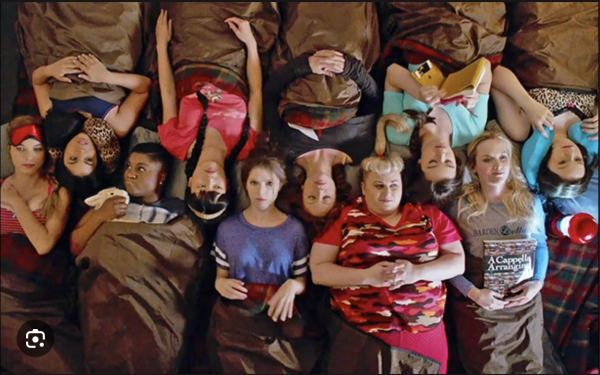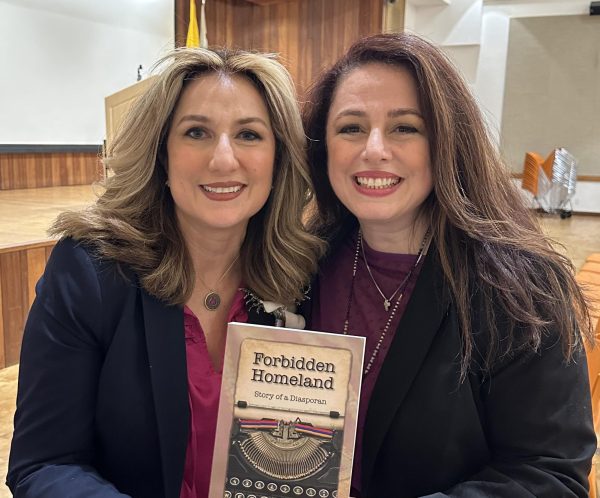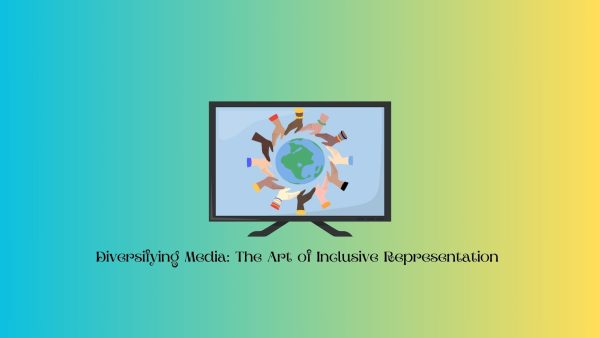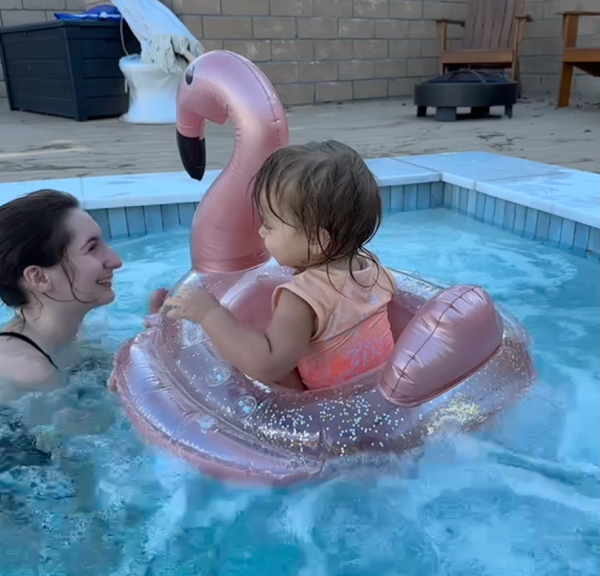Why Having a Bilingual Education Is So Important
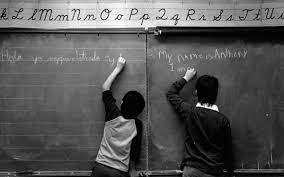
Implementing a bilingual education can help improve cognitive function, help students to appreciate different cultures, and recognize students’ linguistic differences.
March 28, 2022
Bilingual education is an educational model where students are taught using two languages, and there are so many reasons why this type of education would significantly improve our school system. Implementing bilingual education would improve cognitive brain function among students, and put an emphasis on empathy and learning about different cultures.
For example, in a bilingual education model, instead of students just taking an hour or two of their Spanish class to celebrate Cinco de Mayo, they would take more time to celebrate and understand the holiday, allowing them to make authentic connections between their own cultures and immerse themselves in the tradition and music of that holiday. This technique of active learning lets students have a say have in their own education and helps them grow an appreciation for it. Agreeing with this student, Noelle Bullis (10) shares how “it gives students a chance to be able to appreciate different cultures and teaches them something they wouldn’t have learned in a more common learning environment”.
Also, having bilingual education would involve non-English speaking parents and according to Dr. Nava “helps students strengthen and enhance the home language they bring to the classroom.” It’ll allow the students who are fluent in English to become translators for their parents, allowing the parents to become more involved in their child’s education and helping to improve the student’s skill in that language. Not only this but according to recent statistics students whose parents are involved in their education do significantly better.
Some examples of what a bilingual school looks like are the Fresno Unified School District, which teaches in both Hmong and English, as a large percentage of their student body is from Southeast Asia. Their statistics show that by the end of sixth-grade students are bilingual in both languages. Another example of this is Salt Creek High School where students are taught in 90% Spanish and 10% English, as most of their population comes from Spanish-speaking households. By 6th grade, students are being taught equally in both languages. Furthermore, at Margarita Muñiz Academy, some students are English dominant speakers, while others are Spanish dominant speakers. Furthermore, certain courses at this school are taught in English while others are taught in Spanish, giving each student an opportunity to excel and feel comfortable in their learning environment. This system also allows for students to help each other, Spanish dominant students can help the English dominant students in certain classes, and vice versa.
This bilingual form of education recognizes that students come from varied cultural backgrounds, which is essential to having a good education system. In my opinion, this system of education is what’s going to improve our school system and make it the best it can be.













